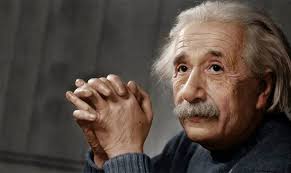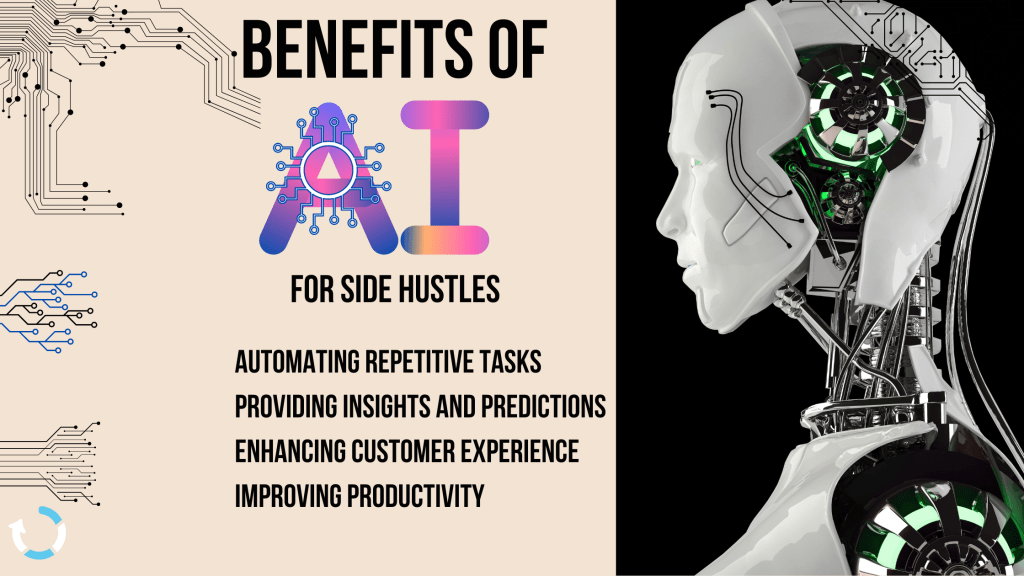
### Early Life and Education
– **Birth and Family:** Born on March 14, 1879, in Ulm, in the Kingdom of Württemberg in the German Empire, Einstein grew up in a secular Jewish family. His father, Hermann Einstein, was an engineer and a salesman, and his mother, Pauline Koch, was a talented pianist.
– **Education:** Einstein attended the Polytechnic Institute in Zurich (now ETH Zurich), where he studied physics and mathematics. He graduated in 1900 with a degree in teaching.
### Career and Major Contributions
– **Early Career:** After graduating, Einstein struggled to find a teaching position and worked as a patent examiner at the Swiss Patent Office in Bern. During this period, he published several influential papers in physics.
– **Special Theory of Relativity (1905):** In 1905, Einstein published his special theory of relativity in the paper “On the Electrodynamics of Moving Bodies.” This theory introduced revolutionary ideas about the nature of space and time and established the equation \(E=mc^2\), showing that energy and mass are interchangeable.
– **Photoelectric Effect (1905):** Also in 1905, Einstein explained the photoelectric effect, which demonstrated that light consists of quantized packets of energy (photons). This work was crucial in the development of quantum theory and earned him the Nobel Prize in Physics in 1921.
– **General Theory of Relativity (1915):** Einstein’s general theory of relativity, published in 1915, extended his earlier work to include gravity. It proposed that massive objects cause a distortion in spacetime, which is felt as gravity. The theory was confirmed by the observation of a solar eclipse in 1919, which showed the bending of light around the sun.
### Later Life and Legacy
– **Nobel Prize and Academic Positions:** Einstein was awarded the Nobel Prize in Physics in 1921 for his explanation of the photoelectric effect. He held prestigious academic positions at universities around the world, including in Berlin, Prague, and later at the Institute for Advanced Study in Princeton, New Jersey.
– **Political and Social Activism:** Beyond his scientific contributions, Einstein was an outspoken advocate for pacifism, civil rights, and Zionism. He was a member of the NAACP and spoke out against racism in the United States.
– **Emigration to the U.S.:** Fleeing the rise of Nazi Germany, Einstein emigrated to the United States in 1933 and accepted a position at the Institute for Advanced Study in Princeton, where he continued his research until his death.
– **Death:** Albert Einstein passed away on April 18, 1955, in Princeton, New Jersey, leaving behind a legacy that profoundly shaped modern physics and our understanding of the universe.
### Legacy
Einstein’s theories transformed the field of physics, leading to the development of new technologies and insights into the nature of reality. His work laid the foundation for modern cosmology and quantum mechanics. His name has become synonymous with genius, and his contributions extend far beyond science, influencing philosophy, culture, and the public’s perception of science.
His enduring influence and the elegance of his theories continue to inspire scientists, scholars, and the general public, making Albert Einstein one of the most recognized and celebrated figures in the history of science

Albert Einstein’s journey from a curious student to one of the most celebrated physicists in history is a fascinating tale of intellectual discovery, perseverance, and profound impact on science and society. Here’s a detailed look at his remarkable life journey:
### Early Life and Education (1879-1900)
– **1879:** Albert Einstein was born on March 14 in Ulm, in the Kingdom of Württemberg, German Empire, to Hermann Einstein, a salesman and engineer, and Pauline Koch, a pianist.
– **1880s:** The family moved to Munich, where Einstein attended the Luitpold Gymnasium. He showed an early aptitude for mathematics and science but struggled with the rigid teaching methods and rote learning prevalent in the school.
– **1894:** The Einsteins moved to Italy due to economic difficulties. Albert, then 15, stayed behind in Munich to complete his studies but soon left the gymnasium and joined his family in Italy.
– **1896:** Einstein completed his secondary education in Switzerland, passing the entrance exam for the Polytechnic Institute in Zurich (ETH Zurich), where he studied physics and mathematics.
### Early Career and Scientific Breakthroughs (1900-1915)
– **1900:** Einstein graduated from ETH Zurich and initially faced difficulties in finding an academic position. He eventually secured a job as a patent examiner at the Swiss Patent Office in Bern.
– **1905: Annus Mirabilis (Miracle Year):** Einstein published four groundbreaking papers in the Annalen der Physik, a German scientific journal. These papers covered:
– The **Photoelectric Effect**, introducing the concept of light quanta (photons) and demonstrating the particle-like properties of light, which was critical for the development of quantum mechanics.
– The **Special Theory of Relativity**, which redefined the concepts of space and time and included the famous equation \(E=mc^2\), showing the equivalence of mass and energy.
– **Brownian Motion**, providing evidence for the existence of atoms and molecules by describing the erratic movement of particles suspended in a fluid.
– **Einstein’s Mass-Energy Equivalence**, reinforcing his special relativity theory.
### Academic Recognition and General Relativity (1915-1933)
– **1909-1911:** Einstein began to gain recognition and academic positions, including a professorship at the University of Zurich, where he started to expand his research.
– **1915:** Einstein published his General Theory of Relativity, extending his special relativity principles to include gravity. This theory proposed that gravity is a result of the curvature of spacetime caused by mass. It was experimentally confirmed in 1919 when observations of a solar eclipse showed the bending of light around the sun.
– **1921:** Einstein was awarded the Nobel Prize in Physics for his explanation of the photoelectric effect, not for his theory of relativity, which was still controversial at the time.
– **1933:** Fleeing the rise of the Nazi regime in Germany, Einstein emigrated to the United States. He accepted a position at the Institute for Advanced Study in Princeton, New Jersey, where he continued his research and contributed to the development of quantum mechanics and unified field theory.
– **1939:** Einstein signed a letter to President Franklin D. Roosevelt, warning of the potential for Nazi Germany to develop atomic weapons, which led to the establishment of the Manhattan Project.
– **1940s-1950s:** In his later years, Einstein focused on unifying the fundamental forces of nature into a single theory, a pursuit that became known as the search for a “theory of everything.” While he did not achieve this goal, his efforts laid the groundwork for future theoretical physics research.
– **1955:** Albert Einstein passed away on April 18 in Princeton, New Jersey, leaving behind a legacy that profoundly shaped modern physics and scientific thought.
### Legacy and Impact
– **Scientific Influence:** Einstein’s theories of relativity transformed the understanding of space, time, and gravity, and his contributions to quantum theory were crucial in shaping modern physics.
– **Cultural Icon:** Einstein became a symbol of genius and intellectual curiosity. His work has inspired countless scientists and has had a lasting impact on both theoretical physics and popular culture.
– **Philosophical and Social Contributions:** Beyond his scientific achievements, Einstein was an advocate for civil rights, pacifism, and Zionism, contributing to social and political discourse.
Einstein’s journey reflects a relentless pursuit of knowledge and a profound impact on how we understand the universe, making him one of the most influential figures in the history of science.
.










